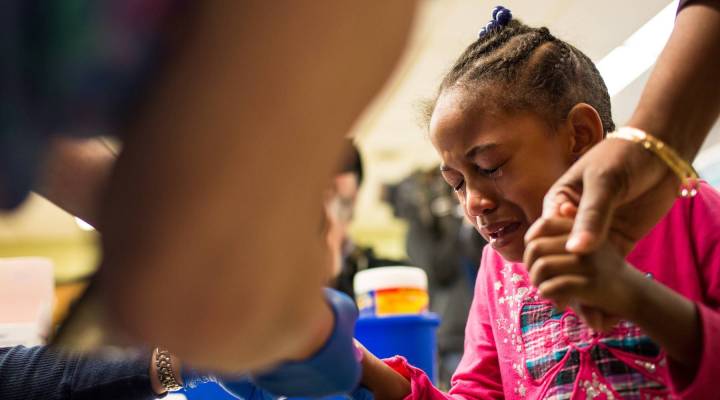
Lead may be the biggest childhood epidemic in the U.S.

Cases of bottled water are still being delivered to Flint, Michigan, but the lead problem in America doesn’t stop there. Houses across the country have lead in the walls, and we’ve known about the damaging effects for a long time. David Rosner is the author of “Lead Wars,” and also a professor of the History and Ethics of Public Health at Columbia University.
On the industrial use of lead:
It’s basically a product that was useful throughout the 20th century and unfortunately was understood to be a major industrial problem both in the 19th and early 20th centuries for industrial workers and then was identified as a childhood poison, that literally caused neurological problems among children in the 19-teens and 1920s in this country.
On lead in homes:
Certainly right now, the walls of the nation are the most serious hazard for housing that was built between 1920 and 1970 or so. All of those walls probably have lead. If we identified houses where children were living or where young couples were moving in planning to have kids, we probably could handle it fairly systematically but the problem is there are enormous costs. We have to make decisions about whether the financial cost is worth the cost to our children’s lives.
Produced by Mukta Mohan.
There’s a lot happening in the world. Through it all, Marketplace is here for you.
You rely on Marketplace to break down the world’s events and tell you how it affects you in a fact-based, approachable way. We rely on your financial support to keep making that possible.
Your donation today powers the independent journalism that you rely on. For just $5/month, you can help sustain Marketplace so we can keep reporting on the things that matter to you.












